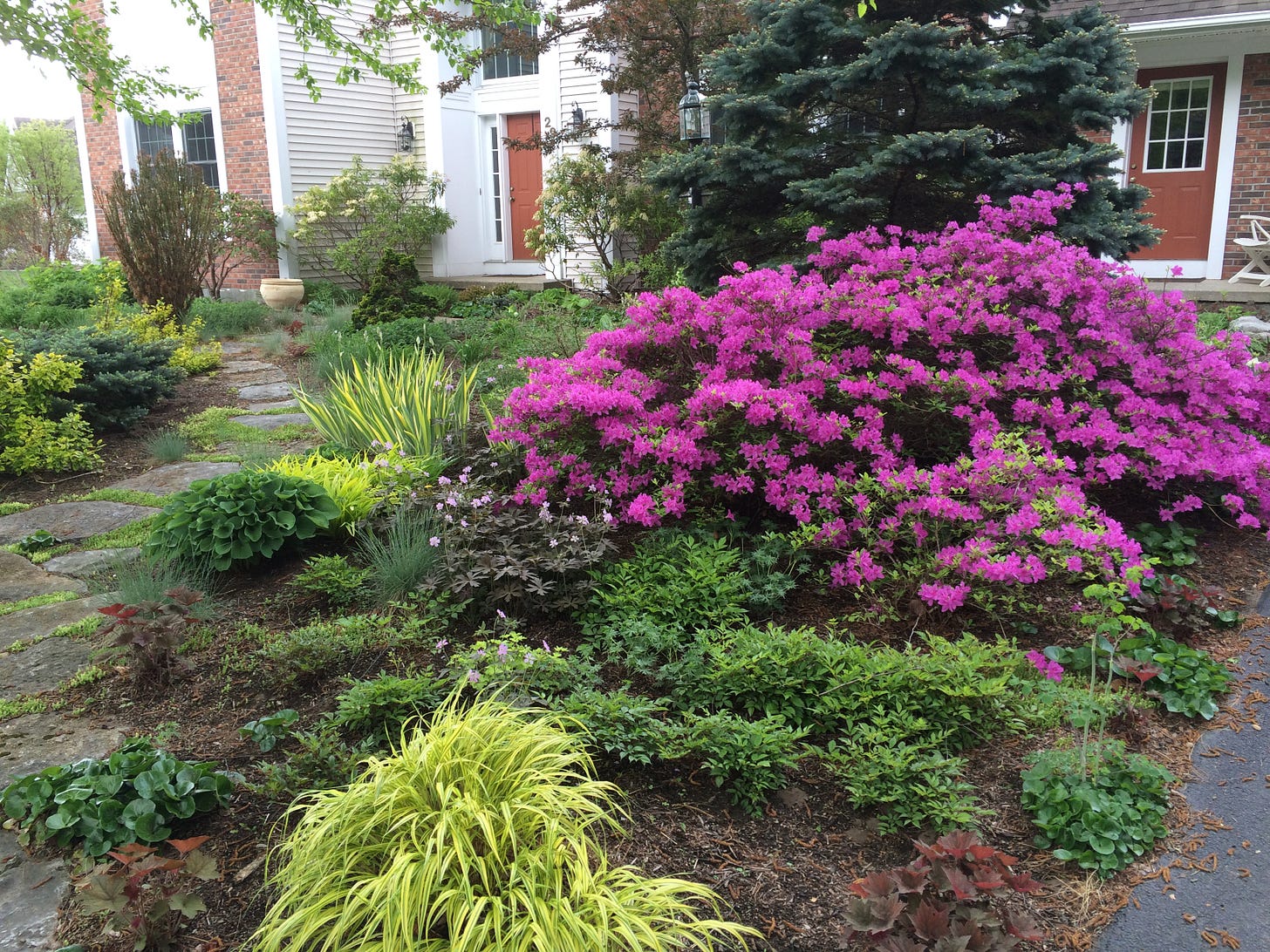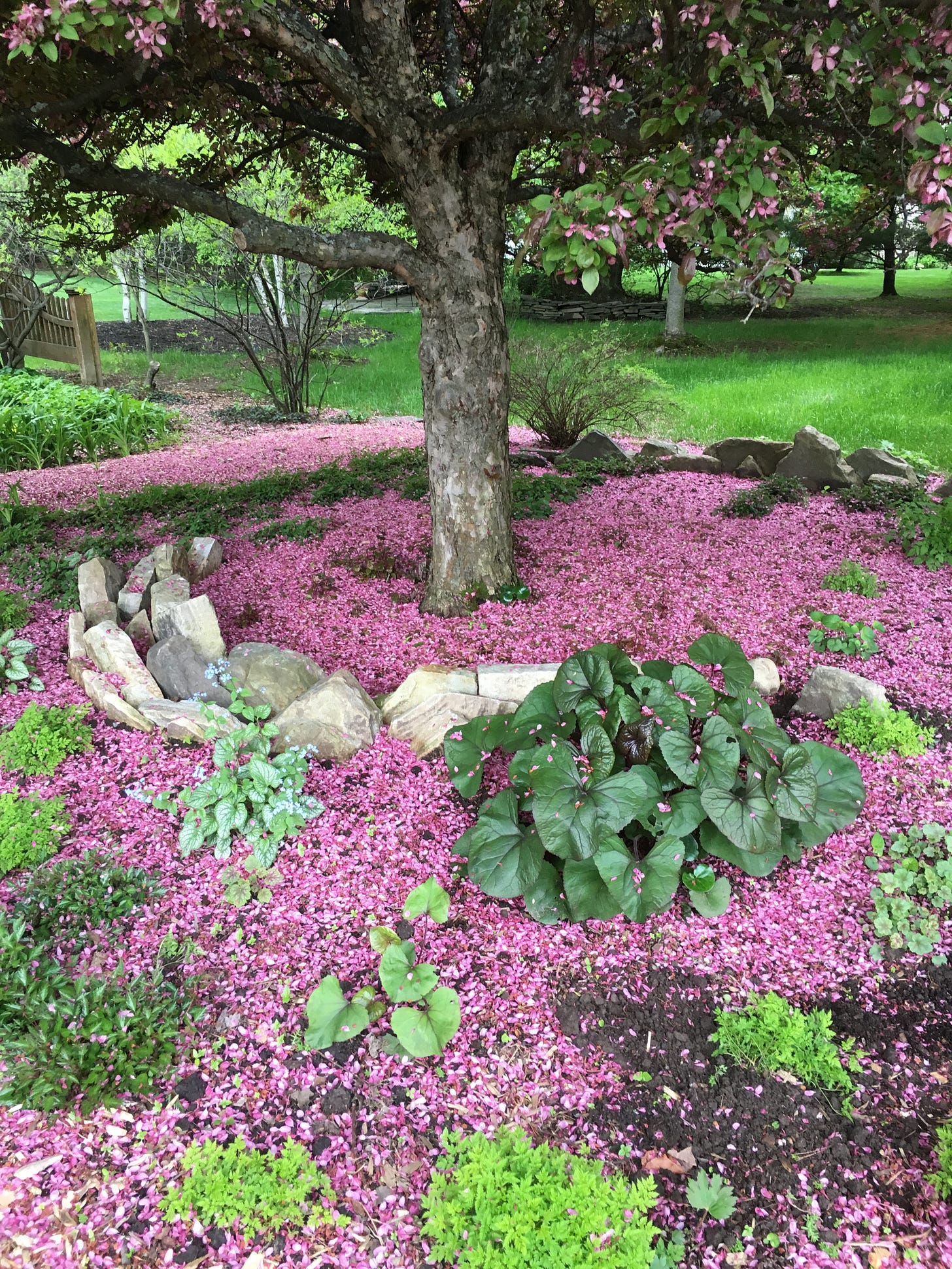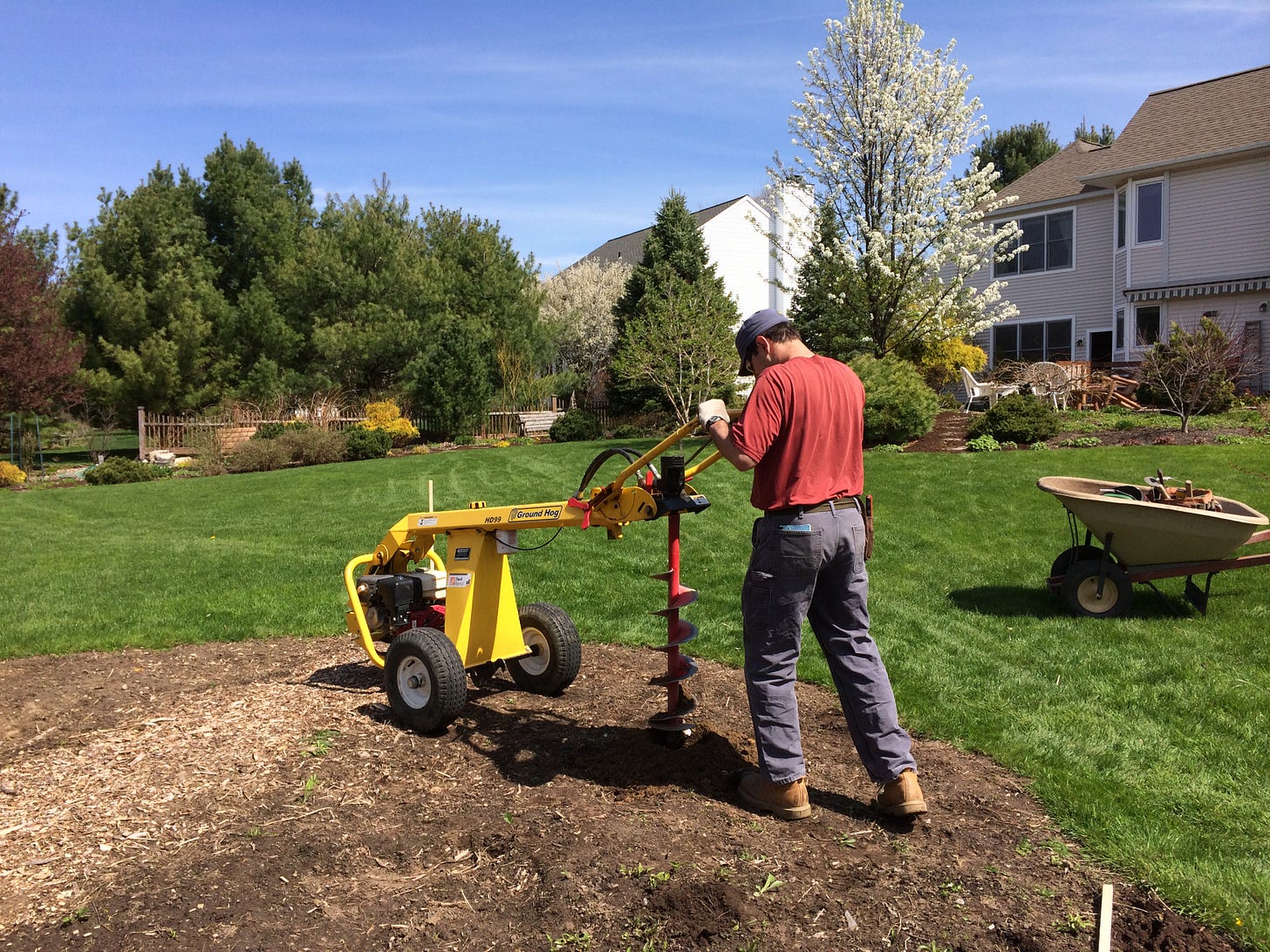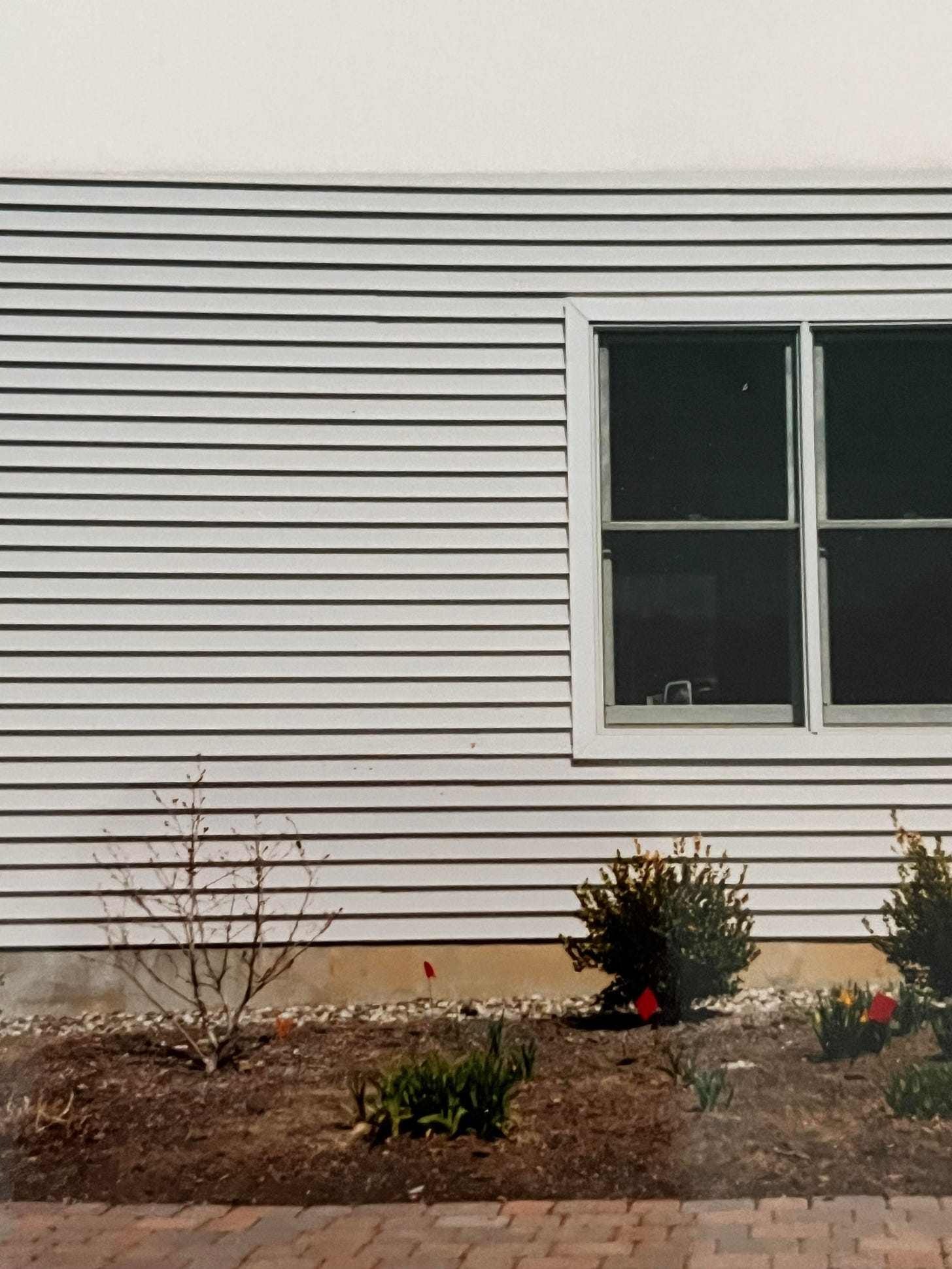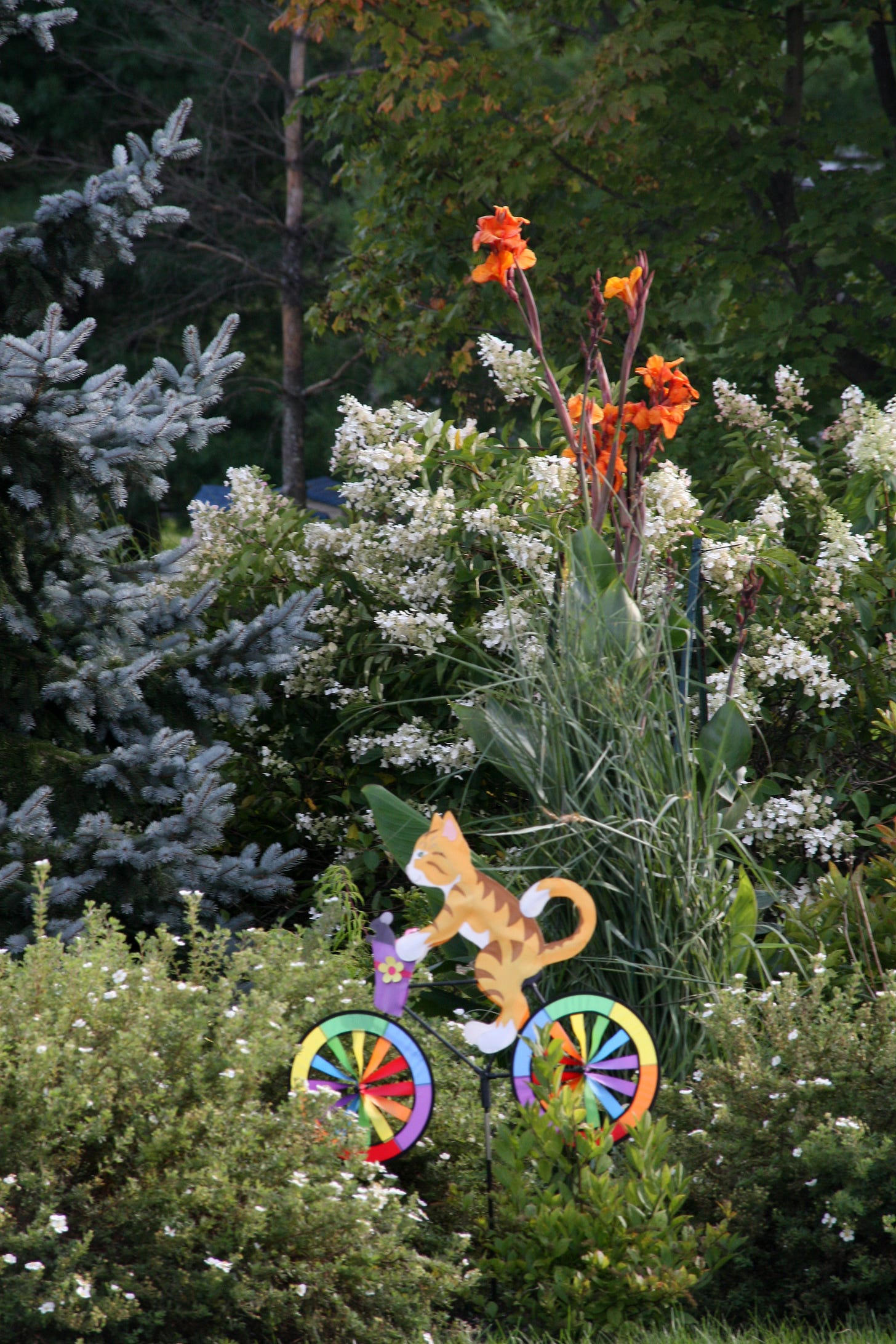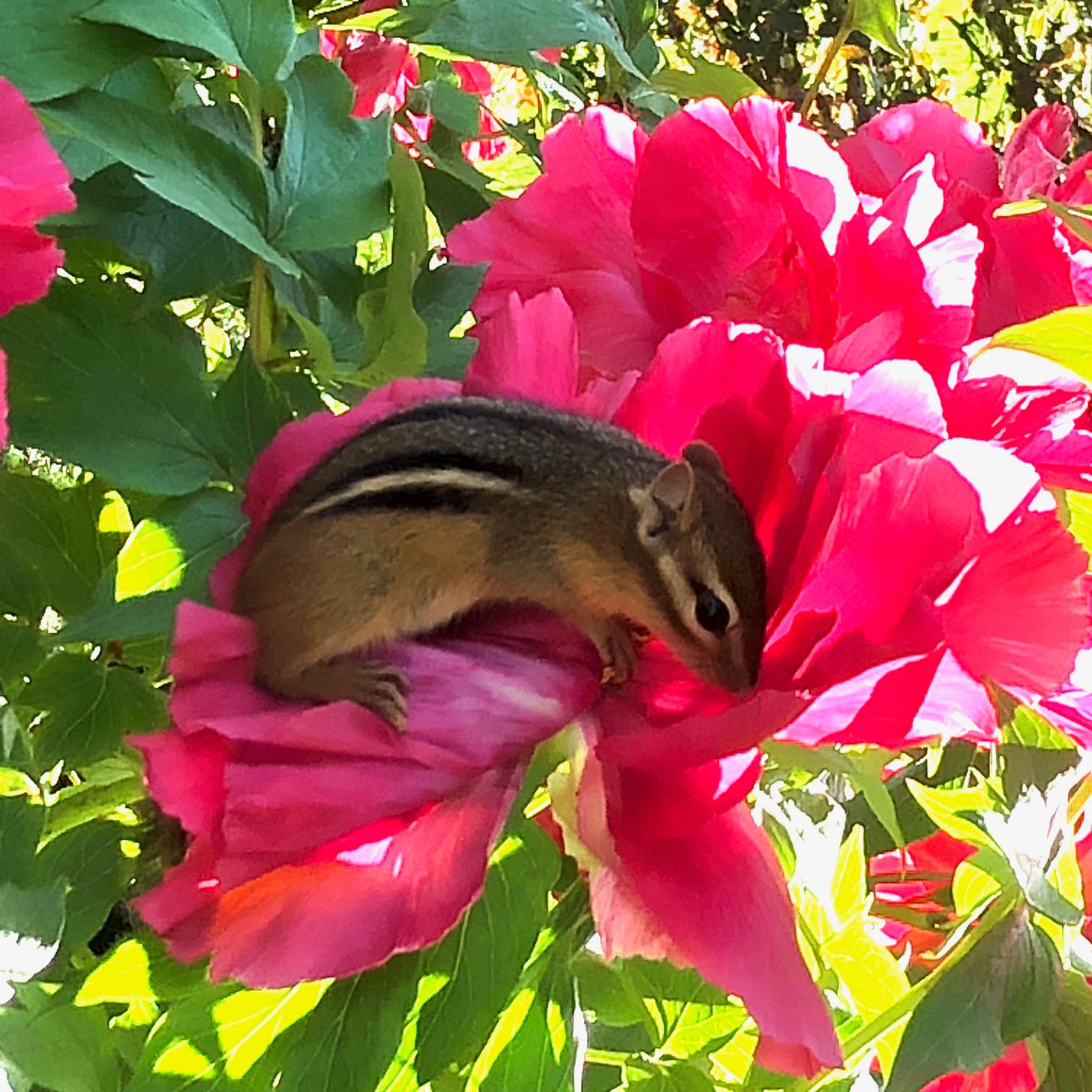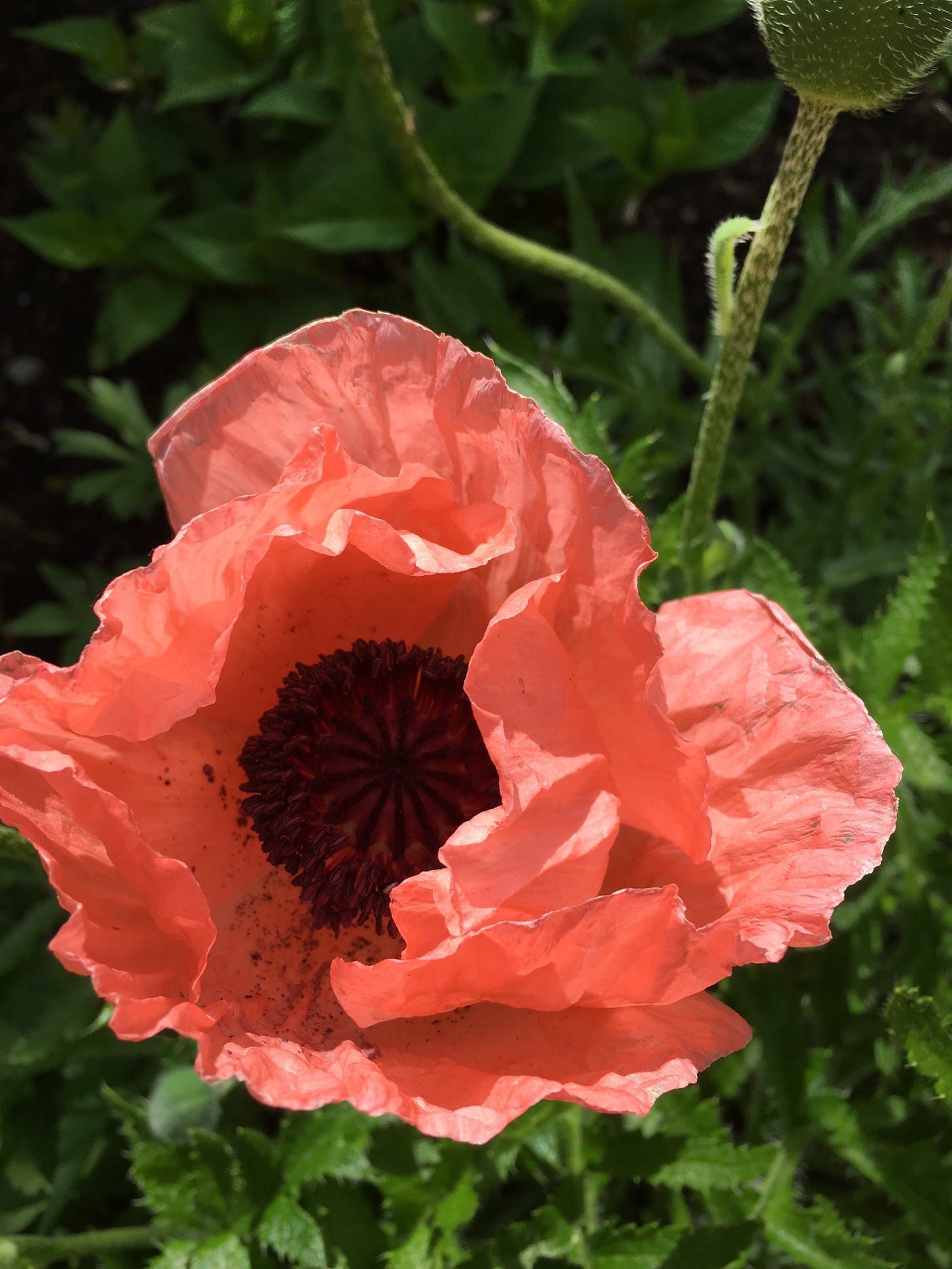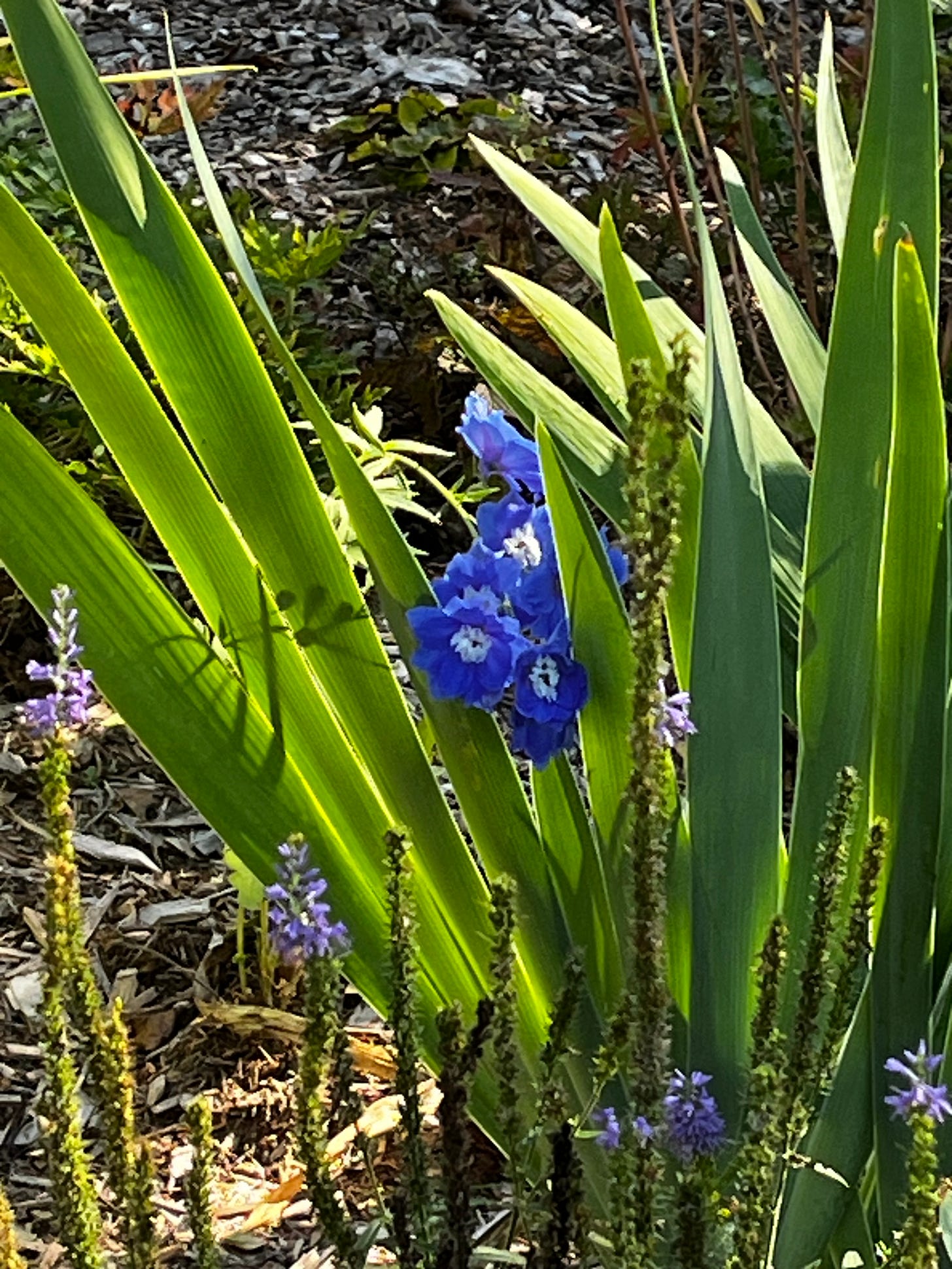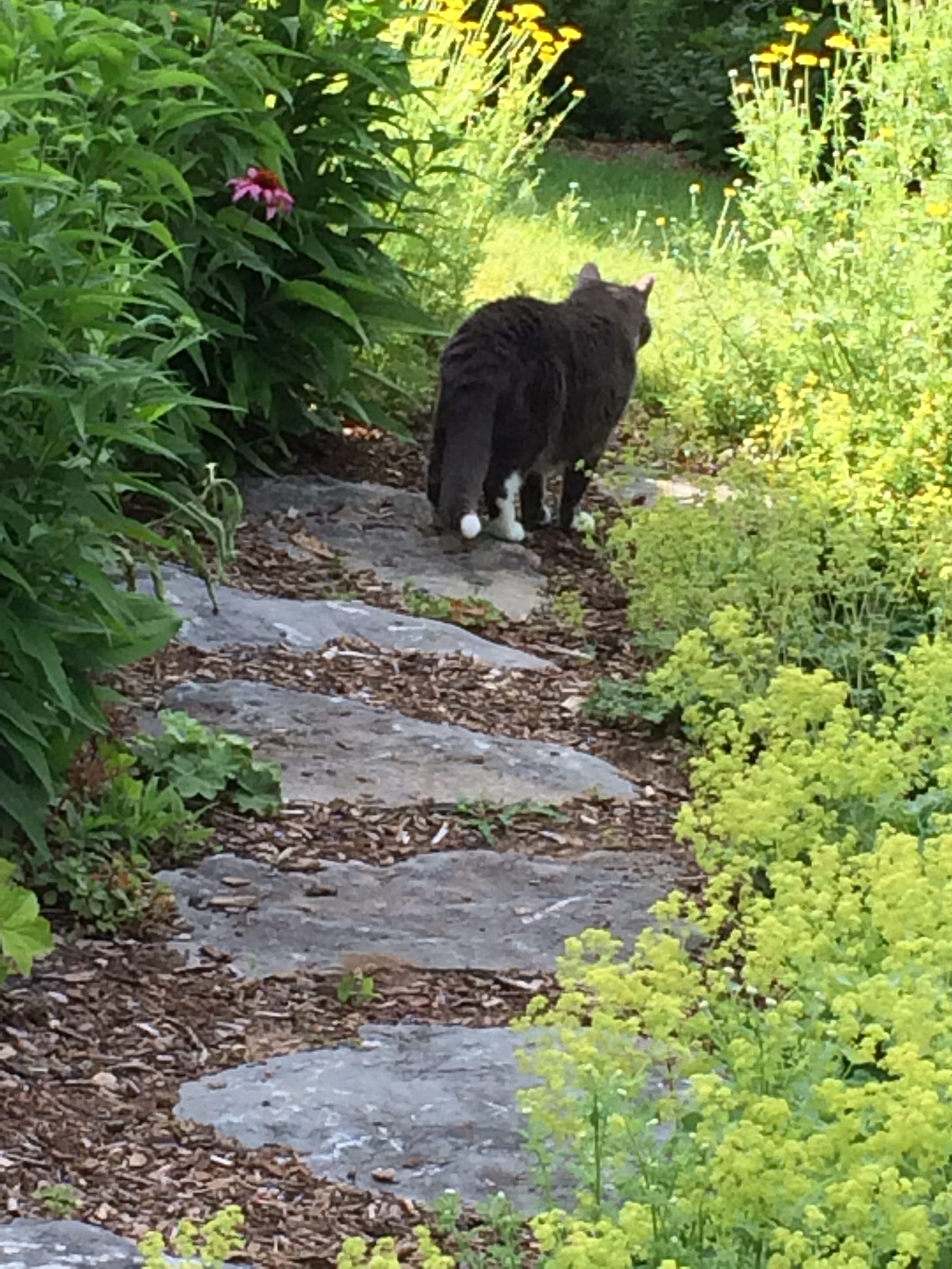A Way to be Out
On the first crisp day of this fall of 2025 and for the first time since I left the University at Albany, I missed going back to school. I desperately wanted to be walking through the door of a classroom, feeling the buzz, the hope, the promise of a new academic year, and to be beginning the work of creating a community of learners. I suspect this longing is the result of my being out of contact with the rhythms of the garden and hence open to earlier rhythms, rhythms created over 40 years of teaching.
Unable to be out in my garden in person this season and needing to re-orient myself, it occurred to me that I could visit my garden via photos. Below are some examples that leave me feeling I have actually been out in the garden.
Obviously a photo of the entrance to the garden. When I first moved to Columbine Drive I was lucky to find there a man who loved stone. He built me the path that leads to the front door, following my instructions on exactly where to place each stone. You will see that the path curves slightly twice. That is because I wanted people to slow down as they entered the garden and take time to look around them. We rush too much in every place, including the garden. A curve creates a bit of a pause; a straight path invites rush. I also made sure there were interesting views if one were to actually pause at the curve and look around. Unfortunately, very view people enter my garden this way. The car deposits them elsewhere.
This is one of my most favorite photos of the spring garden after the crabapple has bloomed and before the fallen petals turn brown and compost. I call it “hallowed ground.” I planted the crabapple, a mere sapling when I bought it, in a part of the garden that had previously been used for vegetables. The area was clear and sunny and perfect for a crab. I had seen this particular cultivar, ‘Profusion,’ at a garden I visited and in typical fashion I lusted after it. I was a ‘young’ gardener, easily charmed by a beautiful plant and totally innocent as to the issue of size at maturity. I never intended such a large tree for that spot; it is, of course, considerably bigger now. Ben, charmed by it even at maturity, placed the intricate circle of stones to accent the tree trunk.
And speaking of Ben, here he is building the new vegetable garden for Sara, creating a square event in a curving landscape. Sara has loved her vegetable garden for many years but the severe drought of this summer, with its consequent need for watering, has left her wondering if she can manage another season. Here she is, below, leaning on the railing of the vegetable garden with her good friend, John, examining the results of an earlier year’s success with the tomato plants John provided as seedlings.
And speaking of things getting bigger than what one expected, I offer the following photos as a caution. The first represents what I bought and planted in 2002: a magnolia presented by its nursery tag as a shrub of three to five feet, and three Korean boxwoods promised to fill at maturity the empty space in front of my garage. The second photo shows that same space today. I use these photos when I give lectures on garden design to encourage people not to rely on nursery tags but to check out in reputable sources the size at maturity of plants they purchase. As gardeners we work in four dimensions and the fourth dimension of time is the trickiest to negotiate. If I had checked Dirr’s Manual of Woody Plants, I would have discovered that in purchasing a Magnolia stellata ‘Centennial’ I had in fact bought a sizeable tree not a shrub. And had I checked the mature size of a Korean boxwood in a reputable source I would have discovered that in no way could my space accommodate three of these sizeable shrubs. I would have purchased one, sited it appropriately, and planted perennials to cover the ground while it grew. Who knew? Not me then.
I love whimsy in the garden. I have yardbirds made of parts of old tools. One reminds me of my daughter, Sonya; the other reminds me of my daughter, Emma. I have a gorgeous goose, the requisite number of flamingoes, a set of turtles, dancing frogs, a flying pig. But my favorite is still the “ornament” below. It reflects my love for cats and my love of wind, for the wheels of the bicycle rotate like mad whenever a breeze blows. I have placed my cycling cat where I can see the wheels move from patio and kitchen.
Speaking of cats, I should mention that we have a constant visitor to our garden in the form of a neighbor’s outdoor cat, Tango. Tango loves to hunt, but luckily for us he is woefully unsuccessful. However, he once got close to victory chasing a chipmunk on our patio as we were sitting there. The chipmunk jumped into a tree peony to escape leaving Tango figuratively scratching his head and asking, Where did it go? Our friend Stacie captured this image of a very resourceful chipmunk on a still gorgeous tree peony. It reminds me of just how much there is to see in the garden if you pay attention. I have a saying on my desk, given to my by another friend, which offers that attention is a form of prayer. I offer this image in praise of paying attention as Stacie did when she took this photo.
I love this particular poppy, even though I must say that poppies are one of the most difficult of plants to manage. They completely disappear during most of the summer season, and you think you have lost them, fragile creatures that they are, when suddenly in the fall their foliage reappears as a spectacular crown of leaves. Over the years I have planted many poppies and lost many poppies. At this point, I could not tell you which of the many orange poppies this one is. All I know is that, blessed be, I still have some in my garden to enjoy every spring.
More blessed still is to come upon a beauty you did not remember you had — in this case the rarest of rare for me, the delphinium. I have written an entire article on my love of delphiniums and the difficulty I have growing them. So imagine my surprise when I stumbled on this one in the little new garden Kevin and I created one day last summer in an area whose previous plantings had failed to please. With relative rapidity we gathered iris and lobelia and monarda punctata and an alium and some spirea and an echinacea and several veronicas and with equal rapidity made a small garden of them. It has become a favorite of mine this season. It is close to a tree I need to water frequently and it can also be seen from many parts of the garden. The moment this photo captures was particularly special as I had forgotten we had added a delphinium to the mix, ever hopeful of seeing a bloom.
The image below is one of my all time favorites. I use it for my screen saver photo. It brings together my love of paths, my love of cats, and my love of exploring. Our beloved cat Oscar, now no longer with us, starts down the garden path to see what might be beyond. I hope all of you may at some time have the same joyous experience I have so often had.
.


